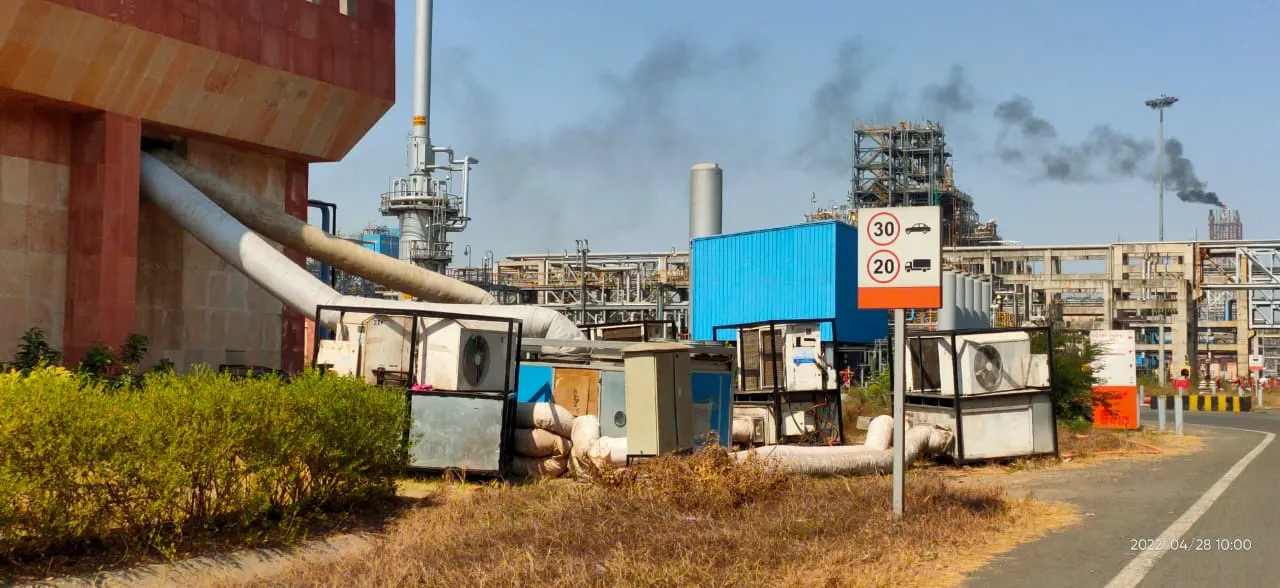Powering the Industry with Consistent Performance

Compressed air plays a crucial role in powering equipment across countless sectors. From manufacturing and automotive services to food production and construction, reliable air systems are vital to daily operations. Machines, tools, and systems that depend on air power need a dependable source to perform at their best. When demand increases or systems expand, having the right equipment becomes more important than ever. A tailored approach ensures that pressure, output, and energy efficiency all work in balance. Selecting and maintaining the right system isn’t just about matching specs—it’s about supporting smooth operations across the board. Explore how the right setup delivers efficiency, consistency, and long-term value.
Equipment That Matches Application Needs
Not all systems are built alike. Matching the equipment to its purpose means choosing based on flow rate, pressure, usage frequency, and energy consumption. Whether a quiet unit for a workshop or a powerful solution for a production floor, the right system supports performance without waste. It’s important to consider the scale and complexity of operations when selecting new units. This ensures that the chosen model can meet demand, now and in the future, without unnecessary strain or inefficiency.
Supporting New Installations with Smart Planning
Installing a new system isn’t just about placing equipment—it involves layout planning, air-line routing, and integration with existing operations. A smart setup reduces pressure drops, improves air quality, and lowers energy loss. Good planning from the beginning makes future upgrades easier and simplifies maintenance access. This attention to layout and system design helps extend every component’s lifespan while making daily use more efficient.
Balancing Output and Energy Use
Energy consumption is one of the biggest ongoing costs of running compressed air systems. Choosing an efficient model can lead to significant savings over time. Variable speed units, proper sizing, and intelligent controls help regulate output to meet real-time demand. When the system responds to actual usage patterns instead of running at full capacity all day, it saves energy and reduces wear. Over time, that balance between output and efficiency helps control costs without compromising reliability.
Keeping Production Flowing Without Interruption
Equipment downtime can quickly impact output in busy environments. That’s why reliability is a major factor in equipment choice. Durable components, proper filtration, and consistent maintenance all contribute to better uptime. Selecting systems known for durability and ease of servicing reduces the risk of unexpected halts. Consistent air pressure and clean delivery help other systems perform as expected, keeping workflows smooth and uninterrupted.
Ongoing Support Beyond the Installation
Installing the right unit is only the first step. Ongoing support—through maintenance, monitoring, and parts availability—keeps everything running smoothly over the long term. Technicians with the right experience can identify minor issues before they become costly repairs. Regular checks also help ensure the system operates at peak performance, catching changes in pressure or flow that may signal underlying issues. This level of support helps companies focus on their core operations with confidence.
For solutions that keep operations running strong, Air compressor supply offers a reliable foundation for power, productivity, and long-term performance.
The right system doesn’t just deliver air—it provides the consistency and peace of mind that teams rely on daily.



